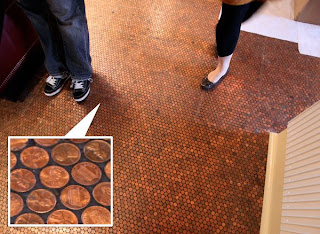 ~ Sadly, there have been a spate of airline accidents recently, which has prompted me to look into airline safety standards and the organisations that police them.
~ Sadly, there have been a spate of airline accidents recently, which has prompted me to look into airline safety standards and the organisations that police them.European Union
While the European Union and its
These are listed in a 16 page PDF document which includes all airlines banned from operating in
It is important to note that the civil aviation authorities of Member States of the European Community are only able to inspect aircraft of airlines that operate flights to and from EU airports. As they point out on their website, it is not possible to check all aircraft that land at each European Community airport. The fact that an airline is still able to fly in and out of countries that make up the EU, does not automatically mean that it meets the applicable safety standards.
Here is the current list of countries with air carriers that are subject to a ban or other restrictions within the European Community:
Please Note: Not every airline in the countries listed above faces bans or restrictions. Download a PDF file here to see which airlines in the above countries are facing bans and restrictions in the European Community.
The United States Federal Aviation Administration (FAA) established the International Aviation Safety Assessments (IASA) Program in 1992. Unlike the European Union, the FAA's assessment program focuses on a country's ability, not the individual air carrier, to adhere to international standards and recommended practices for aircraft operations and maintenance. These standards have been established by the United Nation's technical agency for aviation, the International Civil Aviation Organization (ICAO).
By looking at a countries ability to comply rather than an individual airlines ability to comply with international safety stands, the FAA is essentially saying that travellers should be careful with every national airline flying out of say, Bangladesh and Belize – not just some of them.
The full list of countries on the FAA list are: Cote D’ Ivoire (Ivory Coast), Croatia, Democratic Republic of Congo (formerly Zaire), Gambia, Guyana, Haiti, Honduras, Indonesia, Israel, Kiribati, Nauru, Nicaragua, Paraguay, Philippines, Serbia and Montenegro, Swaziland, Ukraine, Uruguay, Zimbabwe, and as already noted, Bangladesh and Belize.
Click here to download an International Aviation Safety Assessments (IASA) spreadsheet of countries whose airlines do, or do not meet IASA standards (spreadsheet in Microsoft Excel format).
It is important to note that these lists are updated on a regular basis. Countries or airlines that are currently listed may be removed from these bans, and new ones added. It is important to use these lists as a guide only, and decide for yourself whether to risk flying with one of the carriers facing bans or restrictions.
Image courtesy of European Transport Commission

